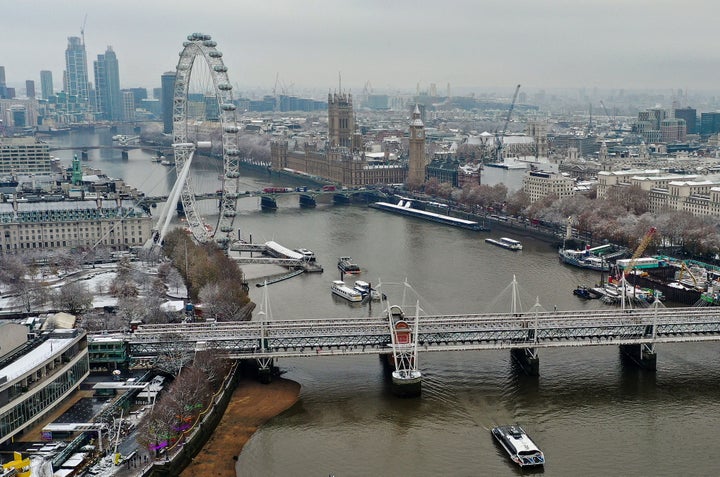
A new study has revealed what is lurking in the waters of the Thames and frankly, it’s pretty grim.
In honour of Oceans of Plastic Day, the team at Barratt London released a brand-new study into how much plastic and litter is lurking in the Thames and unfortunately there isn’t a happy ending.
The research also delved into which areas are wet wipe, plastic bag, and general waste hotspots.
And, in horrible news, a whopping 83% of all items found on the river’s foreshore are single use plastics.
Plastic wet wipes are reported to be the most littered item in the river and when mixed with mud they form slimy layers (sometimes referred to as fatbergs).
A report by Thames21 found that one of these mounds was reported to have grown in height by 1.4m between September 2014 and May 2019. This covered approximately 1000m2 - the equivalent of four tennis courts.
The study found that food wrappers are the top lightweight item, with them making up a fifth (20%) of all lightweight items floating on the foreshore of the Thames and cotton bud sticks make up 16%. Cups (both plastic and polystyrene) equate to 9% of the total litter found.
Although drink bottles make up 3% of the litter floating in the Thames, surprisingly, water bottles represent almost half of all drink bottles found.
However, it’s not all doom and gloom – a total of 97,019 drinks bottles were recorded from the body of water and removed between 2016-2019.
Piotr Prazych, commercial director at Barratt West London, said: “The study brought to light the items that should not be residing in the Thames - that could have very easily been recycled instead.
“We hope this new knowledge of how much waste is in the river will make a lot of people think twice about dumping rubbish into the Thames.”